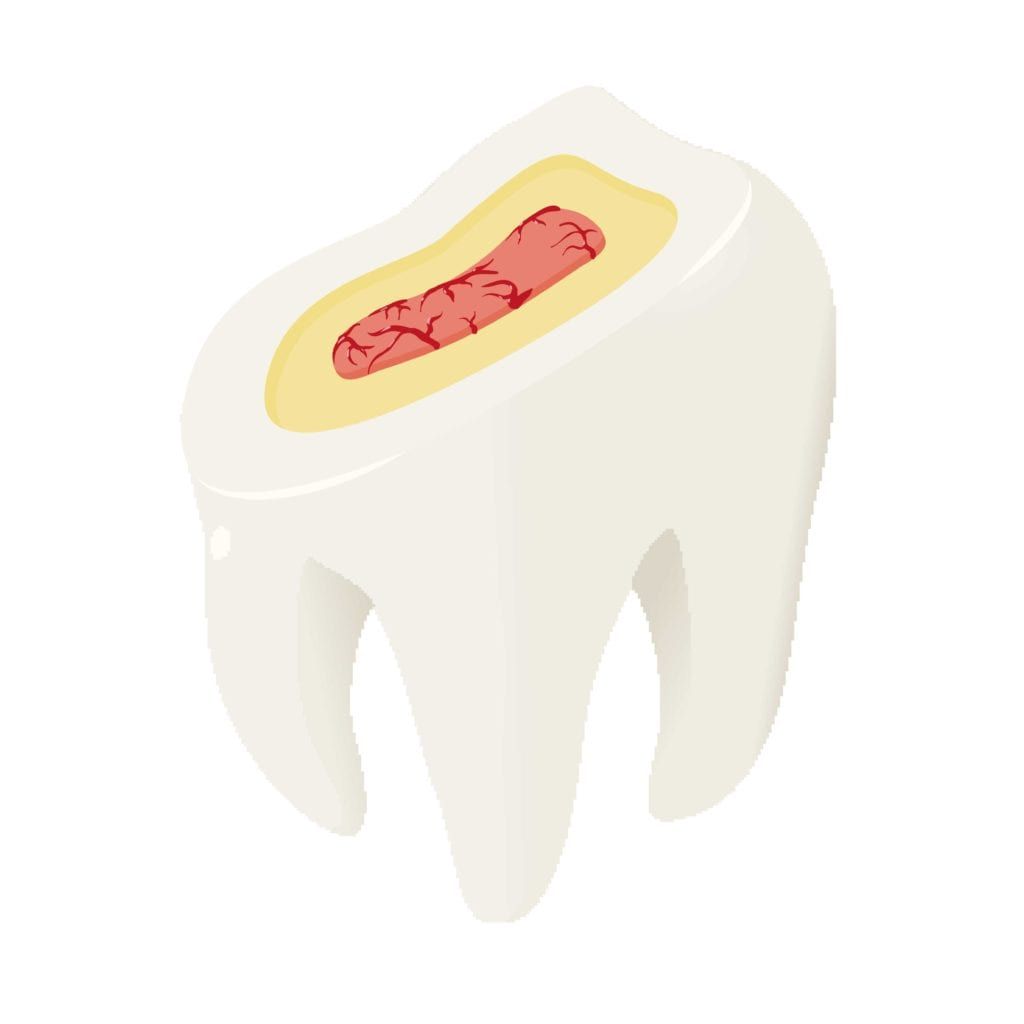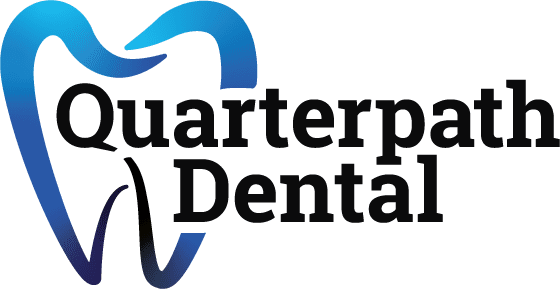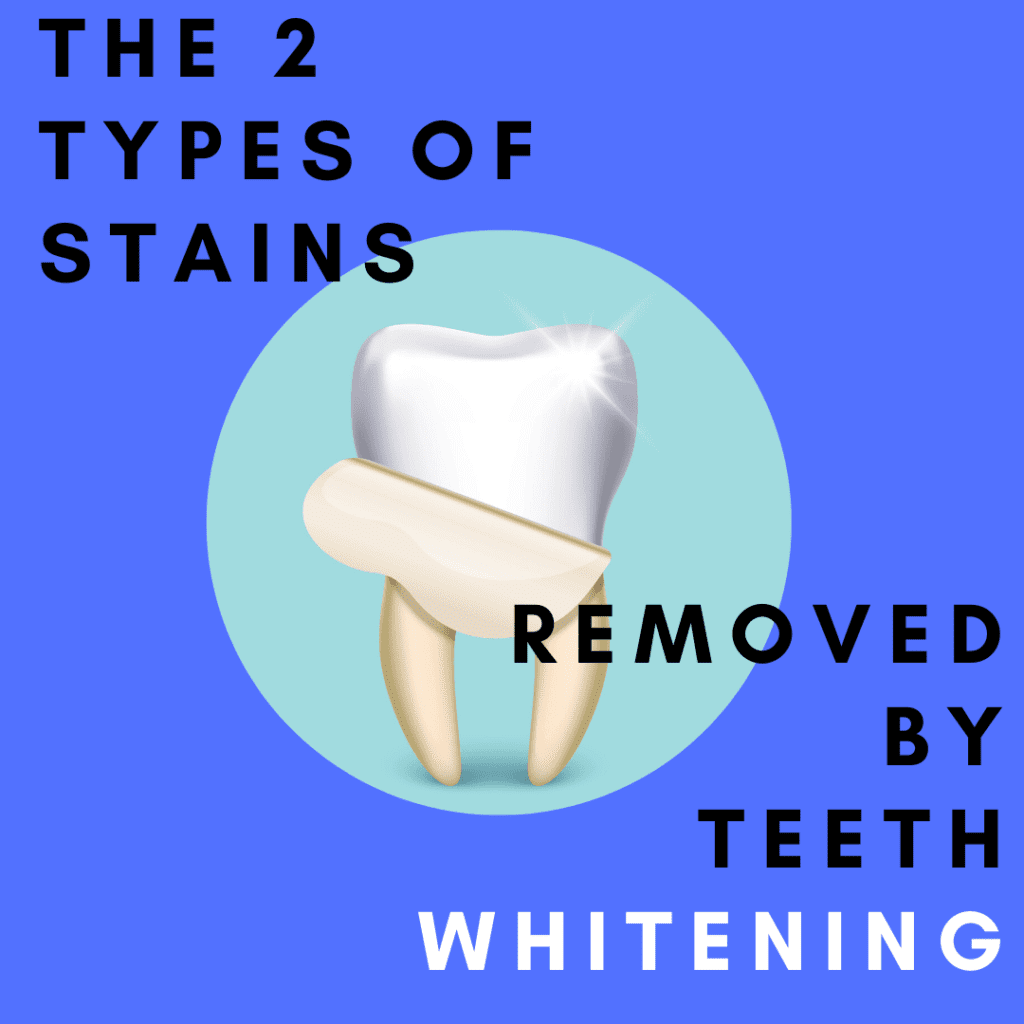As you age, you may notice that your teeth don’t look as bright as they once were. Unfortunately, this is a normal part of aging, however it can also be the result of stains. Stains can easily form when teeth are regularly exposed to highly pigmented substances. This is because teeth are porous and can absorb the colored molecules, causing their color to become slightly tinted.
To restore discolored teeth to their previous color, or simply to brighten the shade of your teeth by a few shades, there are teeth whitening treatments. During a teeth whitening treatment, a whitener is applied to the surface of the teeth and left in place for an allotted amount of time. Like the pigments, the whitener is absorbed by the teeth. Once absorbed, the whitening agent initiates and chemical reaction that breaks apart discolored molecules, which makes the teeth appear whiter.
When it comes to professional teeth whitening procedures performed by a cosmetic dentist, there are two types of stains that can be removed:

Extrinsic
The first type of stain that is removed by professional teeth whitening are known as extrinsic stains. This type of stain is caused by external factors and affects the enamel, or outer layer. The majority of extrinsic stains occur as a result of colored pigments attaching themselves to excess plaque and tartar, as well as to the protein film around the enamel. Out of the two types of stains, extrinsic stains are the easiest to remove and some can be removed during regular brushings or teeth cleanings. Some examples of stains that affect the enamel are:
- Pigments from food (colored condiments, certain fruits and vegetables, or anything highly pigmented)
- Pigments from beverages (Usually coffee, tea, wine, and dark sodas)
- Nicotine and tar stains from tobacco use
- Inadequate dental hygiene
- Colored pigments collecting in plaque
- Tartar
- Dead bacterial residue from mouthwash

Intrinsic
The other type of stain removed by professional teeth whitening procedures are known as intrinsic stains. This type of stain is most often caused by internal factors and affects the middle layer, or dentin. Since intrinsic stains are inside of the tooth, teeth cleaning or superficial whitening cannot remove them. Although they are more stubborn that extrinsic stains, most types of intrinsic stains can be removed or lightened with professional teeth whitening agents. In most cases, intrinsic stains are caused by things such as:
- Medications (specifically tetracyclines & minocyclines)
- Tooth trauma (this may require another form of treatment)
- Dental decay
- Excess fluoride
- Age that causes the enamel to thin and the dentin layer to show
Through penetrating both the enamel and dentin layers, whiteners used in professional whitening treatments can remove both extrinsic and intrinsic tooth stains. During a whitening treatment, the discolored molecules in both layers are disbanded by the whitener to effectively dissolve the stains. In this way, professional teeth whitening procedures allow you to remove years of different types of stains to have a brighter and whiter smile. To see how teeth whitening can improve your smile, schedule a consultation with your local cosmetic dentist.

Dr. Michael C. Shuck received his Doctor of Dental Surgery (DDS) degree from the Medical College of Virginia, Cum Laude. He takes part in many volunteer outreach events, including Virginia’s Mission of Mercy project, Virginia Special Olympics, Give Kids a Smile, and the Jamaica Project. Dr. Shuck also is a regular volunteer at Williamsburg’s Olde Towne Medical Center. He actively participates with Virginia’s Donated Dental Service. Dr. Shuck has been a practicing dentist in the Williamsburg, Virginia area since 2007.


